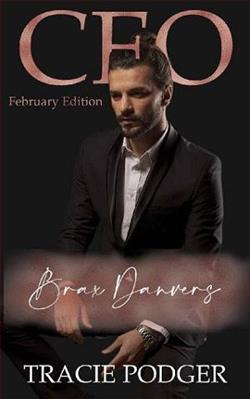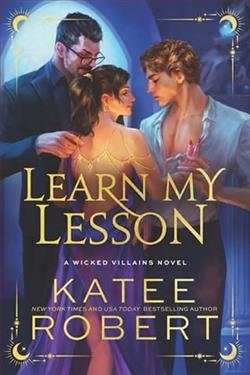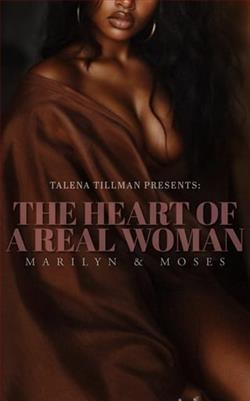Page 25 of Badlands
The biggest obstacle to curating this unexpected find was the very first step—how to transfer the sound from the brittle 130-year-old wax cylinders to a computer, where it could be processed. Equipment for transferring audio tape, turntables for playing old records—those were easy to find. But the wax cylinder was a technology so old the only solution appeared to be to play them back on an original cylinder phonograph, collecting the sound via condenser microphones and piping it into a digital audio workstation… a far from ideal solution, not only because fidelity would be lost in the process, but because each time a cylinder was played it damaged the wax. A cylinder could be ruined in as few as ten to fifteen playthroughs.
A little research on Nora’s part found a different solution: acompany that specialized in audio restoration of outdated media, which had built a modern wax-cylinder transfer machine. In short order, one of the exotic and expensive machines had been installed in the studio, and Mike Finch had fallen avidly upon it and had been hard at work for weeks.
But on this particular day, Nora had a special cylinder she wanted Finch to play—and to listen to herself. She had brought into the studio a curious wax cylinder. She handed it to Finch.
“A puzzle! About time,” Finch said, rubbing his hands together gleefully, his wild head of black hair bobbing in interest. He peered at it this way and that, holding it carefully by the edges. “I don’t think it’s been played since it was recorded. What’s the documentation say?”
“Not much.” She pointed to a scribbled label stuck to the top of the box written in a nineteenth-century hand.
for repulsing skinwalkers
do not play
“What’s a skinwalker?” Finch asked.
“They’re a kind of Pueblo or Navajo witch—male or female—who acquire evil powers by killing people, sacrificing them to malevolent gods. That’s my understanding, anyway—they’re shrouded in mystery, and nobody who knows anything cares to talk about them.” Skinwalkers, Nora knew from previous experience, were nothing to joke about. Even today, many Native Americans of the high desert believed in and feared them.
“Sounds cool. Where’d you find it?”
“I almost didn’t. It had been separated from the rest, hidden behind a drawer. There’s no documentation of it in the logbook.”
“You want to hear it now?”
“Absolutely.”
“You sure? It saysdo not play. Might suck out your soul or something.” He winked.
“I think we’ll survive listening to it just this once,” said Nora.
Finch began setting up his equipment. Knowing this would take some time, Nora sat down in one of the mixing console’s chairs. She watched as Finch went through his checklist, enthusiastically telling her what he was doing, half of which she didn’t understand: assessing the cylinder for efflorescence or eccentric grooves or divots; making measurements before sliding the cylinder onto the proprietary mandrel; determining the proper stylus; and setting the vertical tracking angle. Then, with a flourish, he turned on the preamp and the converters and initialized the computer’s audio workstation. He turned in his swivel chair, finger poised above a switch. “Ready to digitize a preservation master?”
Nora nodded.
He adjusted the gain and delicately set the stylus onto the near end of the soft wax cylinder. A melody played on a Pueblo flute came drifting out of the control room speakers, remarkably clear. As Finch hovered over the spinning cylinder, ensuring the stylus didn’t skate over any damage grooves, Nora quickly realized this melody was something way out of the ordinary. She could tell it had been built on the pentatonic scale, like most Pueblo music. But the tune had added several musical intervals that were outside of Western norms. It was strange and haunting—more disturbing than it was beautiful. A queer feeling took hold in her gut. As the melody progressed, it got faster and more atonal, until slowly dying out in an otherworldly string of augmented triads.
When it ended, even Finch was quiet. Then a voice came from the direction of the door.
“What the hell was that? Charles Ives on acid?”
It was Skip. He must have snuck into the booth unnoticed while Nora and Finch were preoccupied with setting up the cylinder.
“Nora,” he said, flopping down uninvited at the mixing desk, “you should learn that piece on your flute or oboe. It’s crazy.”
Finch had taken the wax cylinder off the mandrel as carefully as he’d put it on, and now laid it on a bed of acid-free paper. He fussed around a moment, shutting down various machines. “Pro Tools has gotten really good at making sheet music from digital recordings,” he said. “I wonder if it could handle those weird quarter tone intervals.”
“Give it a try,” said Skip. “I’ll work out a chord progression on my uke, and Nora can play the melody. We’ll be like Billie Eilish and her what’s-his-name brother.”
“One minute.” Finch moved over to his computer. For a minute or two, the control room of the studio fell silent save for the rapping of keys. Then a nearby printer hummed and Nora, looking over, saw a page of sheet music spooling out in standard notation, with special marks for the quarter tones.
“Let me see that.” Skip took it. “Nora,” he said after scanning it, “this is going to get us a Billboard top ten!”
Sometimes she had difficulty figuring out when her brother was joking or serious. But he loved noodling around on his ukulele in the evening, and she wondered if this could turn into another of his fantastical projects.
“See you at the Grammys,” he said, and left, taking the sheet music with him.
Finch turned to Nora. “I’ve still got a soul—as far as I can tell.”
Nora laughed a little weakly, still aware of an unnerving sensation left in her gut by the music.















